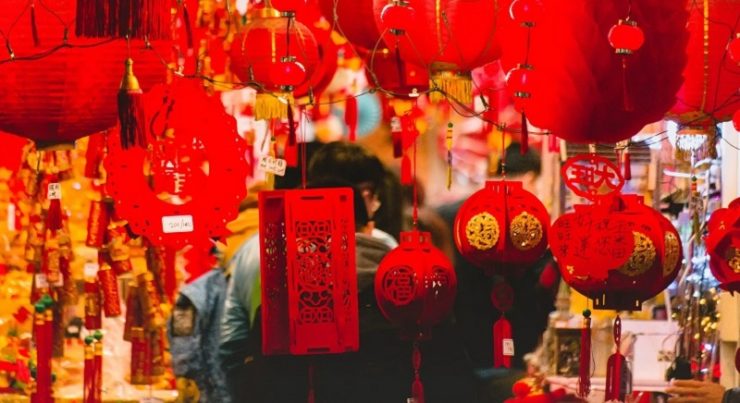CHINESE New Year is the most important celebration every year for the Chinese community spread across various countries, especially in East and Southeast Asia.
Chinese New Year celebrations are usually full of acculturation between Chinese culture and local culture, although in general they have similarities in certain things such as a dinner banquet and giving New Year’s money or red packets.
Here are some Chinese New Year traditions that are celebrated in several countries in Asia besides Indonesia, summarized from various sources:
China
Chinese New Year is thought to have originated in the Shang Dynasty in the 14th century BC. In 1949 under the rule of Mao Zedong, China had stopped Chinese New Year celebrations and only followed the Gregorian calendar. But around the end of the 20th century, Chinese leaders reopened the tradition.
In 1996, China inaugurated a holiday period known as the Spring Festival. This week-long holiday gives people the opportunity to return to their hometowns and celebrate the new year.
In China, Chinese specialties served include glutinous rice ball soup, moon-shaped rice cakes (New Year’s cake), and dumplings (Jiozi in Mandarin).
Korea
In Korea, Chinese New Year celebrations are known as Seollal and usually have 3 days off. This New Year’s celebration was briefly stopped in 1910-1945 when the Japanese Empire took control of Korea. Seollal celebrations were officially revived in 1989.
North Korea itself began celebrating Lunar New Year according to the lunar calendar in 2003. During the celebrations, North Koreans visit statues of founder Kim Il Sung and his son Kim Jong Il by making offerings of flowers.
In both North and South Korea, dishes such as sliced rice cake soup (tteokguk) and dishes made from five different grains are prepared to mark Chinese New Year. In Korea, elders give New Year’s money in white and patterned envelopes.
Vietnamese
In Vietnam, Chinese New Year is called Tet or Tet Nguyen Dan. During Chinese New Year celebrations, houses in Vietnam are decorated with kumquat trees and various types of flowers such as peaches, chrysanthemums, orchids, and red gladiolus.
Just like the tradition in other countries, usually ethnic Chinese families in Vietnam gather and have a meal together. Dishes served include bánh chưng, a rice cake made with green beans, pork, and other ingredients wrapped in bamboo leaves.
Snacks called mứt tết are usually offered to guests. This sweet snack is made from dried fruit or roasted seeds mixed with sugar.
Singapore
In Singapore, having dinner with family during Chinese New Year is called Tuan’nianfan or Tuanyuan. Dishes include dried sea moss (facai), red dates, dried beans (fuzhu), dried black jelly mushrooms (mu’er), gingko beans (baiguo), transparent rice vermicelli (dongfen), dried mushrooms picked in winter (xianggu). or donggu), to pickled dried vegetables (jinzhen).
The first day of Chinese New Year is known as yuandan. Just like the tradition in other countries, during Chinese New Year, children usually pay respects to their parents and receive New Year’s money or angpau (hongbao).
Singapore has also had a festival called Singapore River Hong Bao in celebration of Chinese New Year since 1987. This festival showcases a variety of Chinese culture, from giant lanterns to special treats.
Philippines
During Chinese New Year, Filipinos usually visit Binondo, one of the oldest Chinatown areas in the world. The streets of Binondo were filled with troupes who performed lion and dragon dances, as well as lantern decorations and all-red decorations.
During Chinese New Year, tikoy or glutinous rice cakes are a staple food that flood the market. Chinese families gather for dinner serving tikoy which symbolizes unity among family members, noodles which symbolize longevity, and fish and dumplings which are believed to bring good luck.
The elders also distributed red packets to the children. Angpao is believed to bring good luck and longevity to both the giver and the recipient. [antaranews/photo special]
















